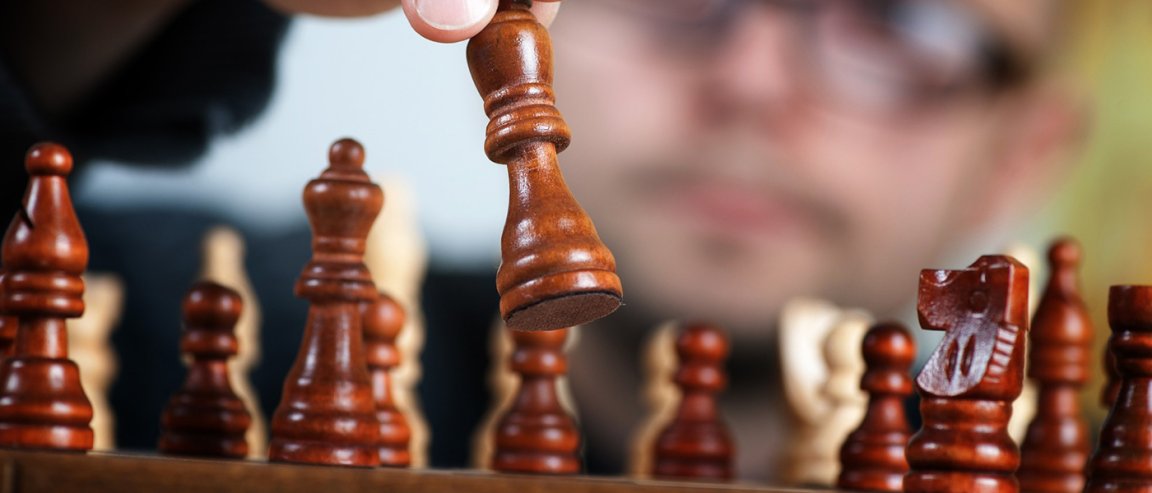
Can You Solve It?
Puzzles are often designed to be challenging, and some may seem to be frustratingly unsolvable. Yet, if a solution exists, the human mind can find it. It’s this ability that scientists from the newly established Penrose Institute, founded by Sir Roger Penrose, emeritus professor at the Mathematical Institute of Oxford, want to explore.
To that end, the Institute has released a chess puzzle intended to test the world’s minds. The puzzle was drawn by Sir Roger himself, and it depicts a situation in a chess game designed to stump artificial intelligence (AI). The challenge is for readers to figure out a way for white to either win or force a stalemate in the game. Once they find it, they are to explain the reasoning behind their strategy and what led them to their breakthrough.

This chess puzzle is the first of several the Penrose Institute will release in the coming days, and it is just one part of their mission to study human consciousness using physics. The ultimate goal is to figure out the fundamental differences between human intelligence and artificial intelligence.
A Eureka Moment
Human consciousness has long baffled neuroscientists, but the Penrose Institute thinks this puzzle could help them understand it by illuminating hidden phenomenon.
“We know that there are things that the human mind achieves that even the most powerful supercomputer cannot, but we don’t know why,” Sir Roger told The Telegraph.“There is now evidence that there are quantum effects happening in biology, such as in photosynthesis or in bird migration, so there may be something similar happening in the mind, which is a controversial idea.”

The hope is that the puzzle will unearth new information about human intuition. “We are interested in seeing how the Eureka moments happen in people’s brains,” explained James Tagg, head of the Penrose Institute and inventor of the LCD touch screen. “For me, it is an actual flash of light, but it will be different for others.”
Tagg went on to add how he thinks the puzzle will demonstrate the ways the human mind compares to AI:
This chess position is designed to show the difference between artificial intelligence (AI) and human intelligence (HI) and the nature of human understanding. A human looking at it for a short while will ‘see’ what white must, and more particularly, must not do, and use very little energy to decide this. But, for a computer, the puzzle requires an enormous number of calculations, far too many for even today’s supercomputers.
Sir Roger believes this puzzle could help us prepare for the increased use of AI and automation in our society. “If we find out how humans differ from computers then it could have profound sociological implications,” he explained. “People get very depressed when they think of a future where robots or computers will take their jobs, but it might be that there are areas where computers will never be better than us, such as creativity.”